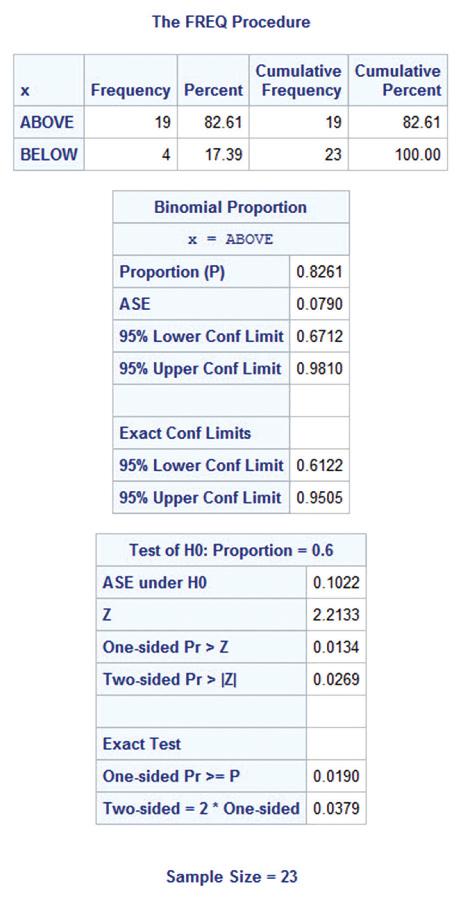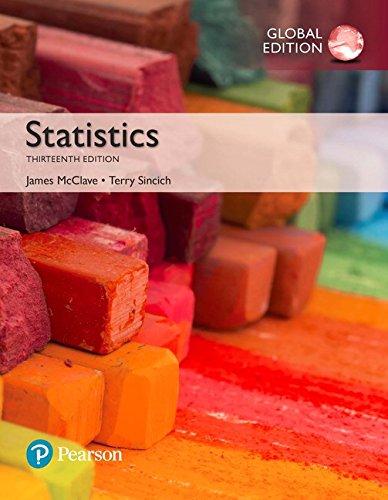Defensibility of a landscape. Settlers often chose sites to live and build communities in based on the
Question:
Defensibility of a landscape. Settlers often chose sites to live and build communities in based on the landscape’s defensibility.
The defensibility of archaeological sites in the Northwest Pacific was investigated in the Journal of Anthropological LO9 Archaeology (Vol. 35, 2014). A defensibility index was calculated for each in a sample of 23 sites that included a trench embankment. These index values (on a scale of 1 to 100) are listed in the accompanying table. The researcher determined that the mean defensibility index of the entire Northwest Pacific landscape is 47. Of interest is whether the defensibility index of a sampled site exceeds this mean.
70 70 68 67 67 66 65 63 63 59 57 57 57 55 55 54 52 52 51 46 46 44 37 Source: Bocinsky, R. K. “Extrinsic site defensibility and landscape-based archaeological inference: An example from the Northwest Coast.” Journal of Anthropological Archaeology, Vol. 35, 2014 (Table 3).
a. Estimate p, the true proportion of all trench embankment sites that have a defensibility index that exceeds the mean of the entire Northwest Pacific landscape.

b. An archaeologist wants to conduct a statistical test of hypothesis to determine if p is larger than .60. Give the null and alternative hypotheses for this test.
c. Demonstrate that the sample is not large enough to apply the large-sample test of a binomial proportion.
d. The SAS printout shown on p. 435 gives the results of an exact binomial proportion test of the hypotheses, part b.
Locate the p-value of the test (bottom of the printout)
and interpret the results.
Step by Step Answer:






